On View
See Work by 7 of the Most Exciting Artists at the World’s Premier Photography Festival, Les Rencontres d’Arles
The photography festival in France celebrates its 50th anniversary with 50 exhibitions.
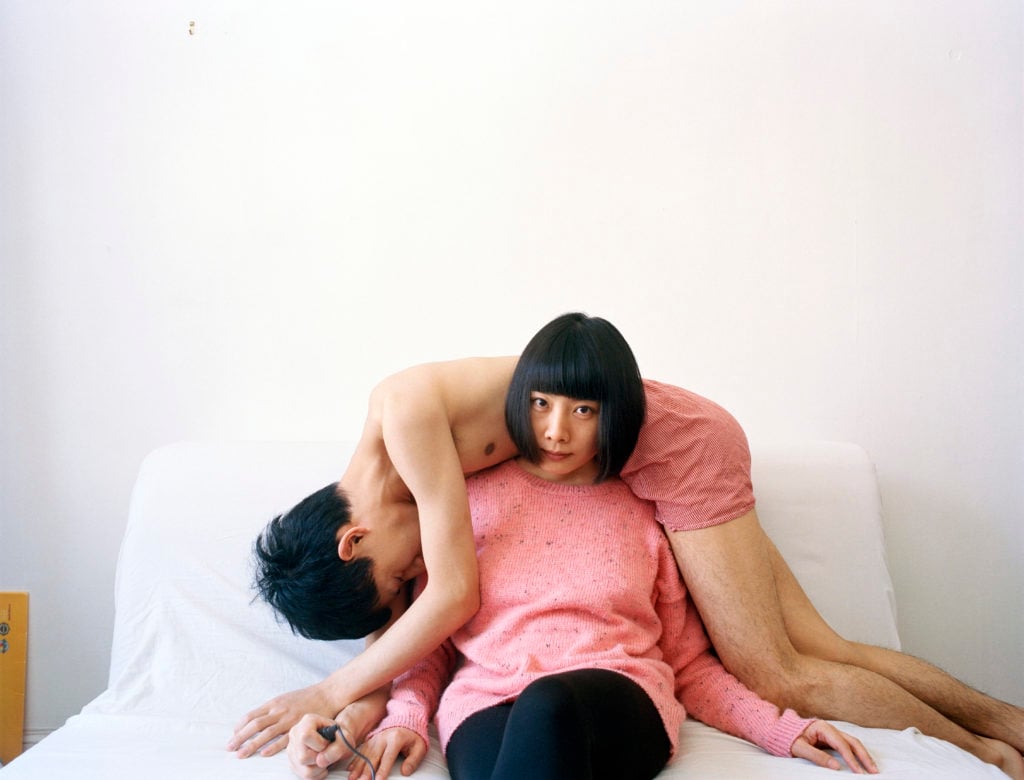
The photography festival in France celebrates its 50th anniversary with 50 exhibitions.

Naomi Rea

It’s July, which means that thousands of photographers and photography lovers from around the world will be headed to Arles, a small city in Provence, southern France. They will brave the heatwave (and the mosquitos), to see the numerous exhibitions in this year’s edition of Les Rencontres d’Arles, the world’s premiere photography festival.
Arles is celebrating the 50th anniversary of the prestigious gathering with a remarkable 50 exhibitions, showcasing the hottest names in photography. Exhibitions featuring the well and lesser known names of historic and contemporary photography spill out all over the city. Venues range from an ancient Roman theater to 18th-century cloisters, churches and even the aisles of a supermarket. The festival has come a long way since 1970, when photographers were initially reluctant to make the trip. Now, every summer, Arles becomes the capital of photography for the summer months.
Here is a sampling of some of the best on offer in 2019.
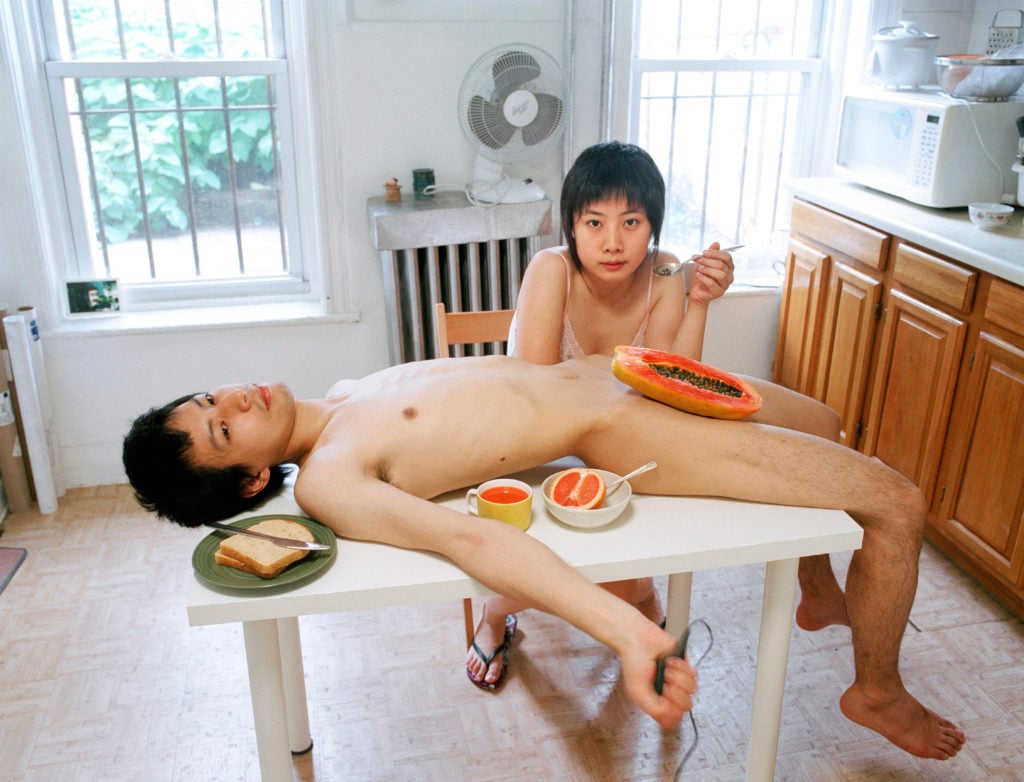
Pixy Liao, Start your day with a good breakfast together, from the “Experimental Relationship” series (2009). Courtesy of the artist.
What: “Experimental Relationship”
The young, New York-based Chinese artist Pixy Liao has been challenging conventional portrait photography and self-portraiture in her ongoing series, “Experimental Relationship,” which aims to examine and dismantle how relationships are influenced by national culture. In Arles she is showing a selection of humorously staged images in which she appears with her Japanese boyfriend. Typically, Liao plays the dominant role to her submissive boyfriend, subverting gender stereotypes about power dynamics in relationships. “The purpose of this experiment is to break the inherent relationship model and reach a new equilibrium,” she says.
Where: Croisère
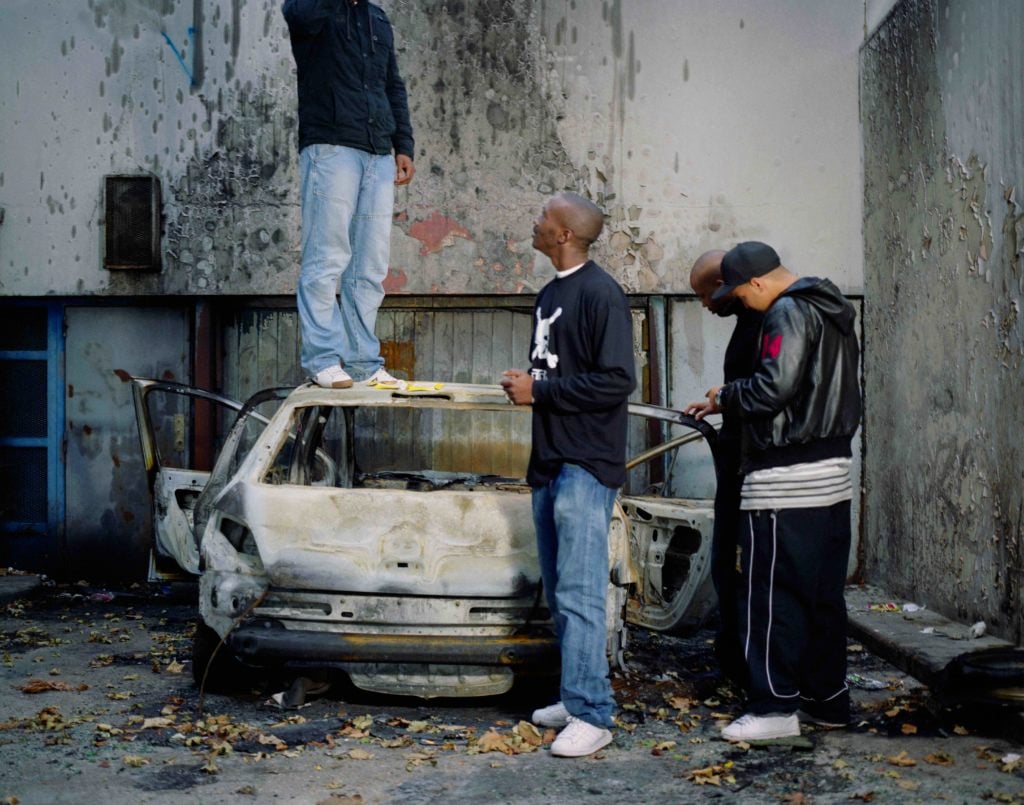
Mohamed Bourouissa, L’impasse, from the “Périphérique” series, 2007. Courtesy of the artist and Kamel Mennour, Paris/London. ADAGP (Paris) 2019.
What: “Mohamed Bourouissa: Free Trade”
Bourouissa is sampling 15 years of his archive, which includes photography, video, painting, drawing and sculpture. Arles’s Monoprix supermarket, where the Algerian artist has chosen to exhibit, is a fitting setting to tackle the issues at play in his work. He captures disenfranchised members of society, including youth from the banlieues of outer Paris, the homeless, and the unemployed, and creates surprising images that hone in the economic relationships between people.
Where: Monoprix
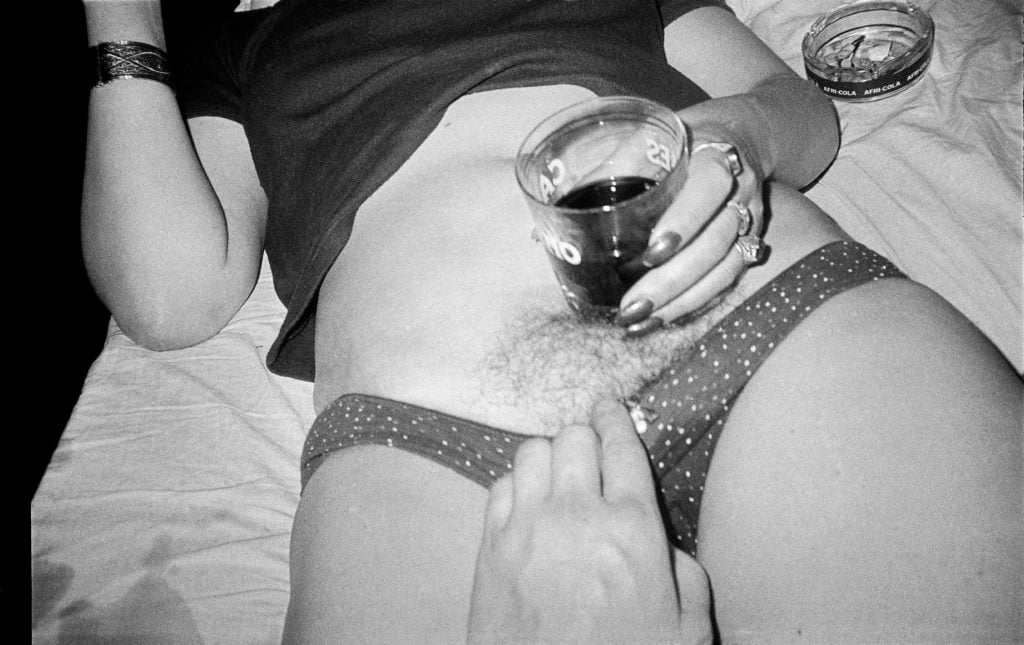
Libuše Jarcovjáková, Killing Summer, Prague, 1984. Courtesy of the artist.
What : “Libuše Jarcovjáková: Evokativ”
In her Arles debut, the 67-year-old Czech photographer is showing her photographs documenting the underground LGBT scene in Communist Czechoslovakia in the 1970s and ‘80s. Photographs she took on the streets of Prague are shown alongside more intimate scenes shot behind closed doors in bedrooms and illegal nightclubs, capturing joy and sadness in equal measure under an authoritarian political regime.
Where: Église Sainte-Anne
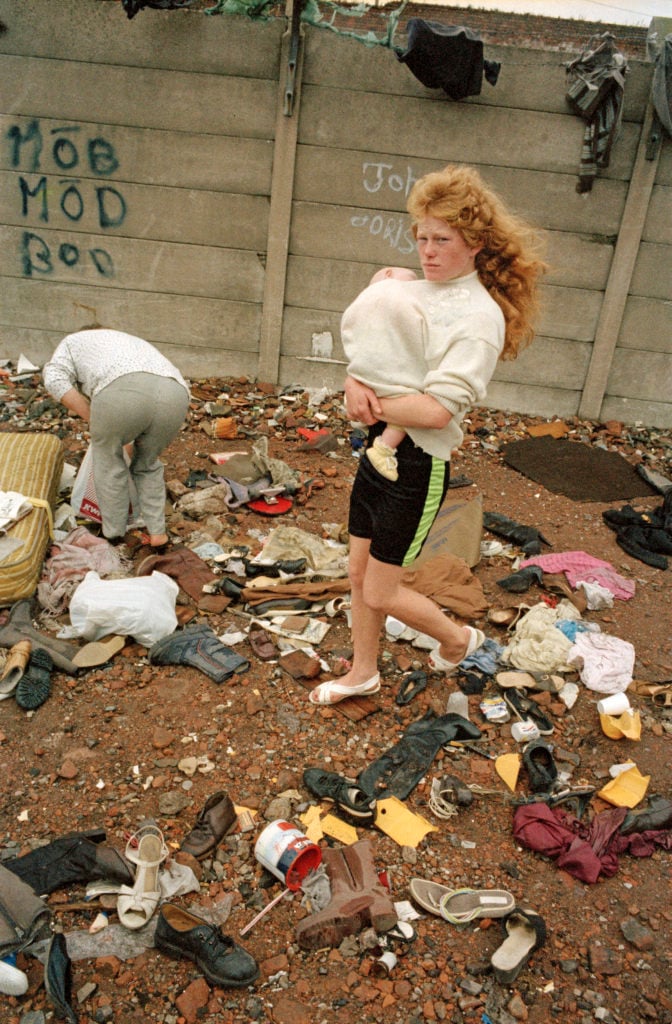
Tom Wood, Walking Through Shoes, 1991. Courtesy of the artist and Galerie Sit Down.
What: “Tom Wood: Mothers, Sisters, Daughters”
The Irish photographer has been collecting postcards and magazine images of mothers, sisters, and daughters since the early 1970s. A selection of these will be shown alongside Wood’s street photography of ordinary women and girls in Liverpool and its environs, shot between the the 1970s and 1990s.
Where: Salle Henri-Comte
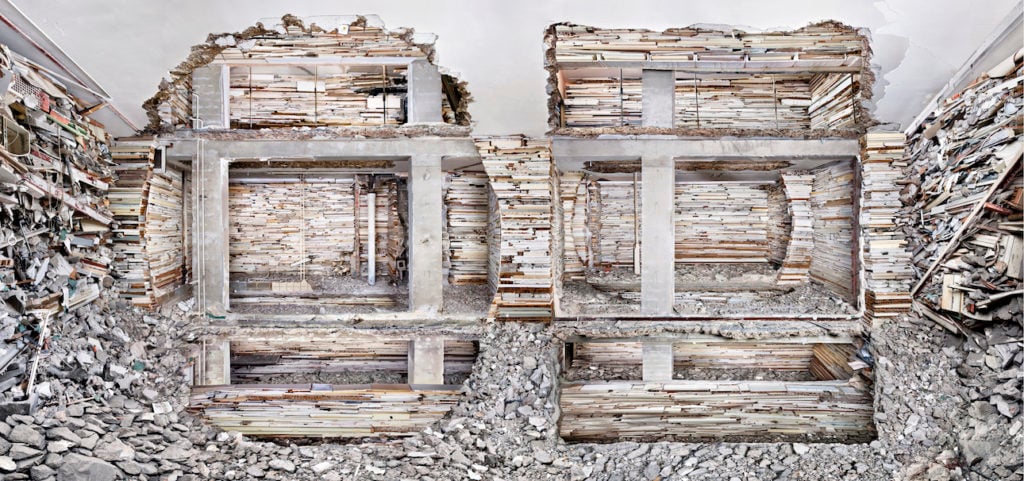
Marjan Teeuwen, Destroyed House Mondriaanstraat 1, 2011.
What: “Destroyed House”
Dutch artist Marjan Teeuwen’s photographs require a monumental effort to pull off. Teeuwen creates large-scale architectural installations inside soon-to-be-demolished buildings, using the rubble from the wreckage. The result is beautifully composed images that capture construction and dereliction, and somehow recall Dutch Golden Age paintings. She is showing some of these inside a derelict building in Arles where she has made a new installation for the festival.
Where: Croisère
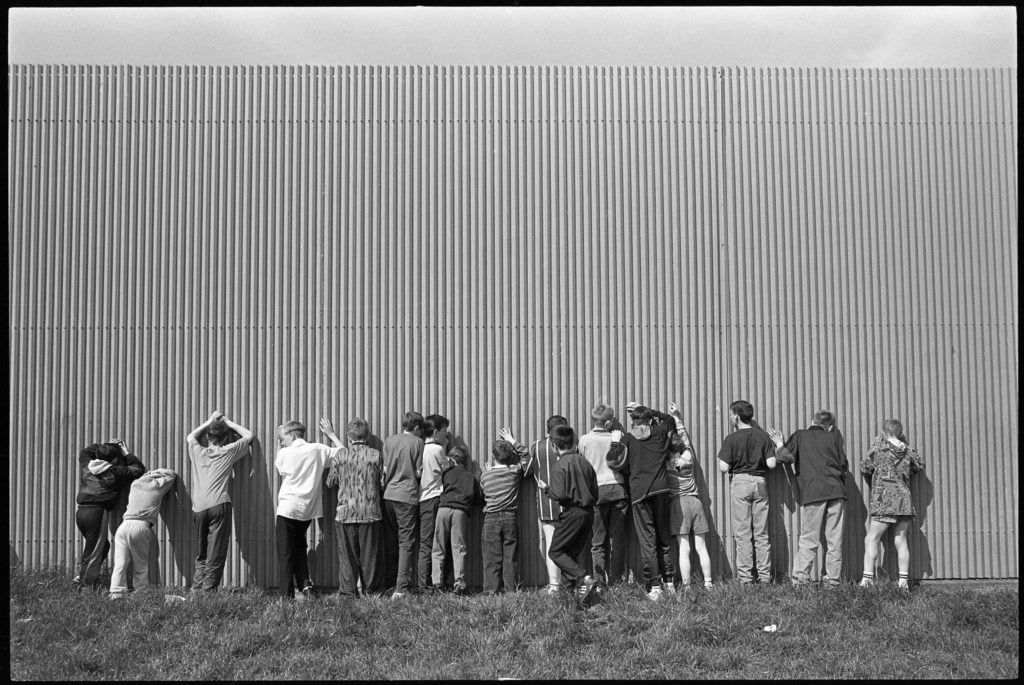
Frankie Quinn, North Belfast (1994) from the “Peacelines I” series. Courtesy of the artist.
What: “Walls of Power, Man-Made Barriers Throughout Europe”
Thirty years after the fall of the Berlin Wall, the continuing relevance of walls across Europe is examined in a group show titled “The Walls of Power.” Among other images of barriers, walls, and fences across Europe that divide communities, the work of Northern Irish photographer Frankie Quinn stands out. In his 1994 series “Peacelines I,” Quinn documented the conflict, or “Troubles,” in Northern Ireland through the lens of the so-called “peace lines;” walls erected to separate predominantly Republican and Nationalist Catholic neighborhoods from predominantly Loyalist and Unionist Protestant ones.
Where: Maison des Lices
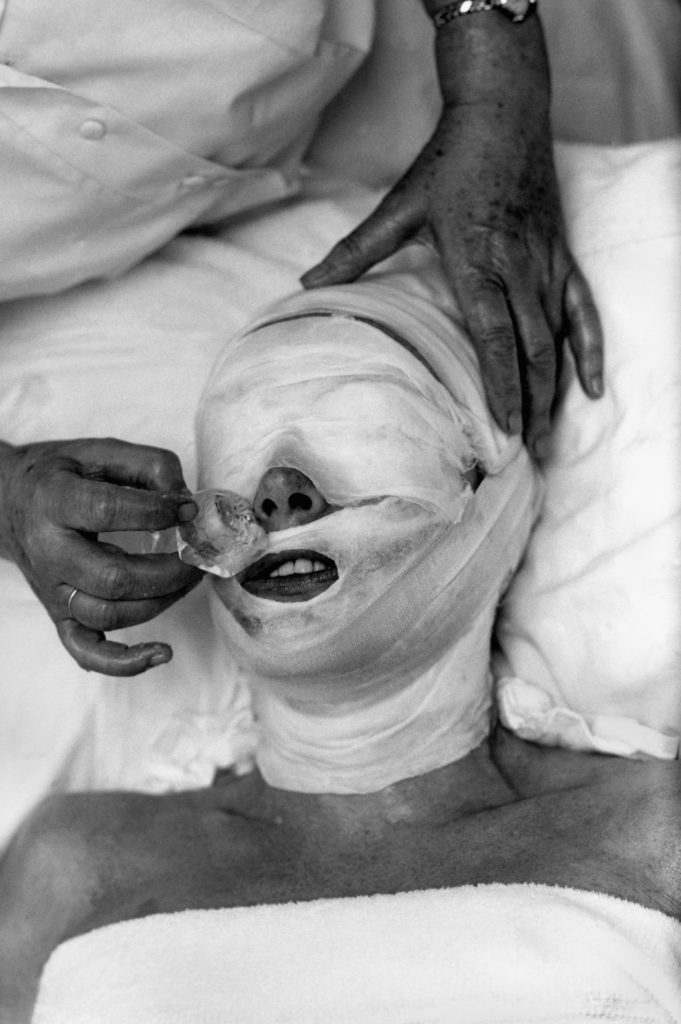
Eve Arnold, Actress Joan Crawford, Los Angeles, 1959. Courtesy of Eve Arnold / Magnum Photos.
What: “Unretouched Women”
Eve Arnold waited until she was in her 60s to publish her first photo book, The Unretouched Woman. It featured images showing an uncompromising female gaze on women from all walks of life. In this exhibition that takes its title from her remarkable publication, Arnold’s images are shown alongside work by fellow Magnum photographers Susan Meiselas, who was this year the recipient of Arles’s new “Women in Motion” award, and Abigail Heyman. All three documented the lives of women in a rapidly changing environment of the 1970s, when feminism was gathering momentum.
Where: Espace Van Gogh
Les Rencontres d’Arles, July 1 through September 22 across various locations in Arles, France.